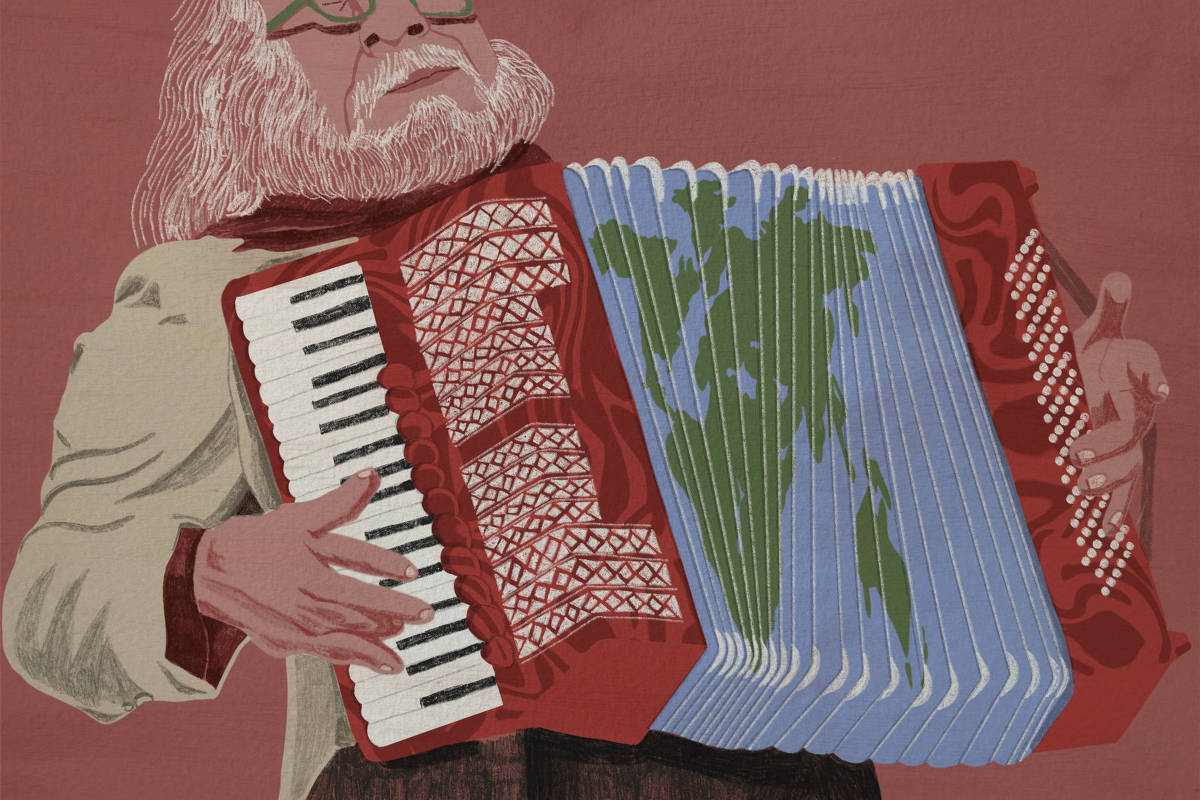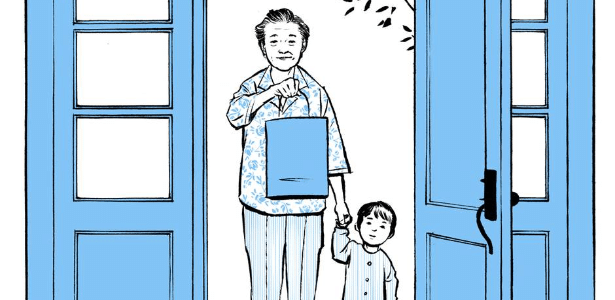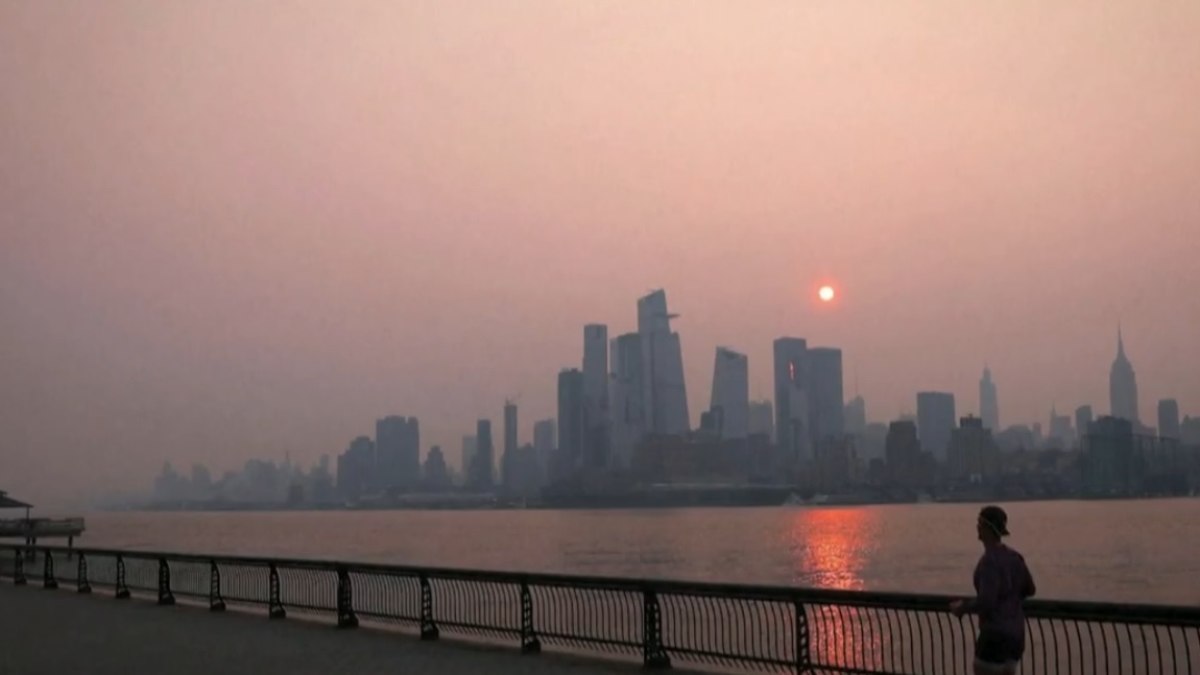In 1912, German meteorologist Alfred Wegener presented his hypothesis of continental drift to the world. One of the pillars of this theory was the observation, already confirmed by other scientists, that the coasts of different continents seem to come together, like a puzzle, if one mentally subtracts the oceans that separate them. The east coast of Brazil, for example, fits almost seamlessly into the west coast of Africa. Wegener has collected various evidence indicating that the types of rocks, geological structures and fossils found on both sides of the Atlantic actually suggest that one day the two land masses, which are today South America and the Africa, formed a single block: Pangea.
Wegener’s theory has been rejected by most scientists. One of the problems they identified concerned the mechanism capable of making large continents move freely on the Earth’s surface, so that one day they were together and, millions of years later, separated . After nearly half a century of scientific discoveries, we understood that the continents were based on tectonic plates, the rock blocks that constitute the Earth’s lithosphere. And that in fact, continents meet and separate more than we can imagine.
Tectonic plates are large fragments of lithosphere (a layer made up of the crust and part of the mantle, which behaves rigidly) which float on an asthenosphere (a layer made up of the rest of the mantle which, due to its composition and the temperatures and pressures within the globe, it moves more fluidly over geological time scales).
Beneath the asthenosphere, inside the planet, lies the Earth’s core, which is even hotter. The asthenosphere functions like a kettle of boiling water: the lower part of the molten mantle in contact with the hottest core is constantly heated, causing its density to be lower than that of the upper layers of the mantle. The columns of the hot mantle rise slowly, while in the upper layers the colder mantle tends to fall towards the bottom of the Earth, where it will be warmed by contact with the core, thus continuing the cycle in large currents of convection.
When these currents reach the top of the convection column, they help drive the rigid tectonic plates on the surface, in immediate contact with the asthenosphere, until they become cold and dense enough to move. sink into the mantle, in what we call convection and subduction zones. This movement is one of the main drivers of plate tectonics which causes continental drift, that is, the gradual change in position on the Earth’s surface.
This dance of the continents allows them, from time to time, to meet and separate, forming new continental masses and different paleogeographic configurations. We know today, for example, that about 335 million to 200 million years ago, almost all land masses were united into a single block (called a paleocontinent), Pangea, which separated thanks to the opening of the Atlantic Ocean, which occurred starting around 200 million years ago.
When a paleocontinent contains more than 75% of all land masses on Earth, it is said to be a supercontinent. And Pangea wasn’t the first: this global meeting of land masses has occurred several times in the past, creating the supercontinents Rodinia, about 1 billion years ago, and Colombia, about 1 billion years ago. .8 billion years old, as well as possible others older. And as for the future, will continental fragments end up in new positions, redrawing continental masses?
Everything indicates yes, but the precise places where they could collide and form a new block are the subject of intense debate. Some scientists believe that the current movement of the continents will continue and that the Atlantic Ocean will become larger and the Pacific smaller, due to the tilt of its oceanic plates in the areas that form the so-called Belt. of Fire, where most continents move. the volcanoes are concentrated. .
This configuration would lead to the future collision of the west coast of the Americas with the east coast of Asia, a model proposed by the South African geologist Chris Hartnady in 1992. At the end of the 90s, the Englishman Roy Livermore presented a model similar, which he called Novopangeia, with a slightly different adjustment of the coasts and the involvement of Antarctica, which does not appear in the previous one.
However, there are alternatives. If the movement of the continents is reversed due to changes in convection patterns in the asthenosphere, the Atlantic Ocean could be consumed again, while the Pacific Ocean would expand. Such a future would lead the Americas to once again collide with the east coast of Africa and Europe, generating the supercontinent that American Christopher Scotese named Pangea Ultima, but later changed to Pangea Proxima , to prevent the name from referring to the end of the world. .continental cycle.
The two processes, respectively the closure of the Pacific and the Atlantic, can be understood in different terms of continental cycles. In the first case, the continents that broke apart when Pangea broke up would eventually collide with other fragments on the other side of the world, that is, the colliding edges are different from these continental edges which separated and today seem to fit together like a rupture. pieces.-head. This process is called extroversion.
In the second possibility, the continental edges that drift apart would be more or less the same ones that collide again in the future, a process called introversion, in which the movement of the continents would resemble that of an accordion, opening and closing according to the development of the oceans between them.
But there is still a third possibility. An idea put forward by the American Ross Mitchell, now at the Chinese Academy of Sciences, is that the new supercontinents would form around 90 degrees from their predecessors – hence what is called orthoversion, from ” orthogonal” — due to the aggregation of continental fragments in places where the cold mantle descends to the core. In this vision, it would be the Arctic Ocean that would close, causing the current continents to collide at the North Pole to form Amasia (Americas + Asia), following a previous proposal by Canadian geologist Paul Hoffman.
In addition to introversion, extroversion and orthoversion, another mechanism was proposed in 2018 by the Portuguese João Duarte and his collaborators. From observing earthquakes on the margins of the Iberian Peninsula, they came to the conclusion that it is possible that subduction zones — those in which oceanic plates collide with other oceanic plates or with continental plates diving beneath the latter — begin to develop at the edges of the Atlantic, while continuing to operate in the Pacific, to generate two rings of fire, each bordering one of the oceans.
Such a scenario could lead, in the future, to the simultaneous consumption of the planet’s two largest oceans, a situation that would only be possible if a new ocean were generated somewhere, perhaps tearing Eurasia in two. Duarte and his collaborators called the new supercontinent that would result from this process Aurica (because Australia and the Americas would find themselves at the center of the new configuration).
Regardless, if plate tectonics continues its current processes, the phenomenon will only occur in about 200 million years. By then, no humans will likely be around to see what life will be like on Novopangeia, Pangea Proxima, Amasia, or Aurica.
*
Fabrício Caxito is professor of geology, principal investigator of the project GeoLife MOBILE and philosopher of the UFMG.
The Fundamental Science blog is published by Serrapilheira, a private, non-profit institute that promotes science in Brazil. register in the Serrapilheira newsletter to follow the latest news from the institute and the blog.

“Total troublemaker. Alcohol aficionado. Social media specialist. Friendly travel nerd.”






